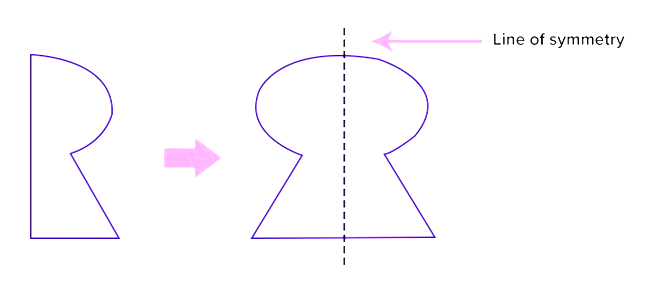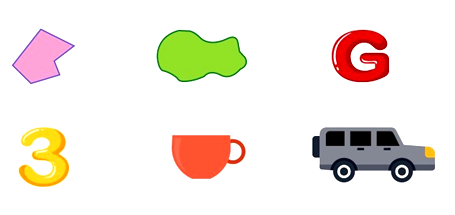CLASS-4
SYMMETRY
SYMMETRY -
Symmetry is a concept in mathematics that refers to a property of an object or function that remains unchanged when certain transformations are applied to it. In other words, if you make a change to the object or function, and it still looks the same or behaves in the same way, it is said to be symmetric.
Symmetry is a concept in mathematics and science that refers to a balanced and proportionate similarity between parts of an object, shape, or pattern. In simpler terms, symmetry is a property of an object that remains unchanged when it is subjected to certain transformations, such as rotation, reflection, or translation.
There are different types of symmetry, including:
- Reflection Symmetry or Mirror Symmetry:- In this type of symmetry, an object or shape can be divided into two halves that are mirror images of each other along a line called the line of symmetry. For example, a butterfly or a human face has reflection symmetry.
- Rotational Symmetry:- In this type of symmetry, an object or shape can be rotated about a point called the center of symmetry by an angle less than 360 degrees and still look the same. For example, a square has rotational symmetry of order 4, as it looks the same after a 90-degree rotation, 180-degree rotation, and 270-degree rotation.
- Translational Symmetry:- In this type of symmetry, an object or shape can be translated in a particular direction and still look the same. For example, a brick wall has translational symmetry.
Symmetry plays an important role in many areas of mathematics and science, including geometry, crystallography, physics, and biology. It is used to describe the properties of natural phenomena, design patterns, and even in art and architecture.
Symmetry is an important concept in many areas of mathematics and science, such as geometry, crystallography, physics, and chemistry. It can also be found in art and design, where symmetrical patterns and shapes are often used to create balance and harmony.
If we fold the figure cut out exactly at the center vertically, its halves will be congruent (same). The line of the fold is the line of symmetry.

Figures or shapes that have exact resemblance to its other part, when divided into two or more equal parts are called symmetrical.

Lines of Symmetry -
If you fold a figure along a line of symmetry, the two halves exactly fold over each other.
The shapes and objects that do not resemble each other when divided into two parts are called asymmetric.
